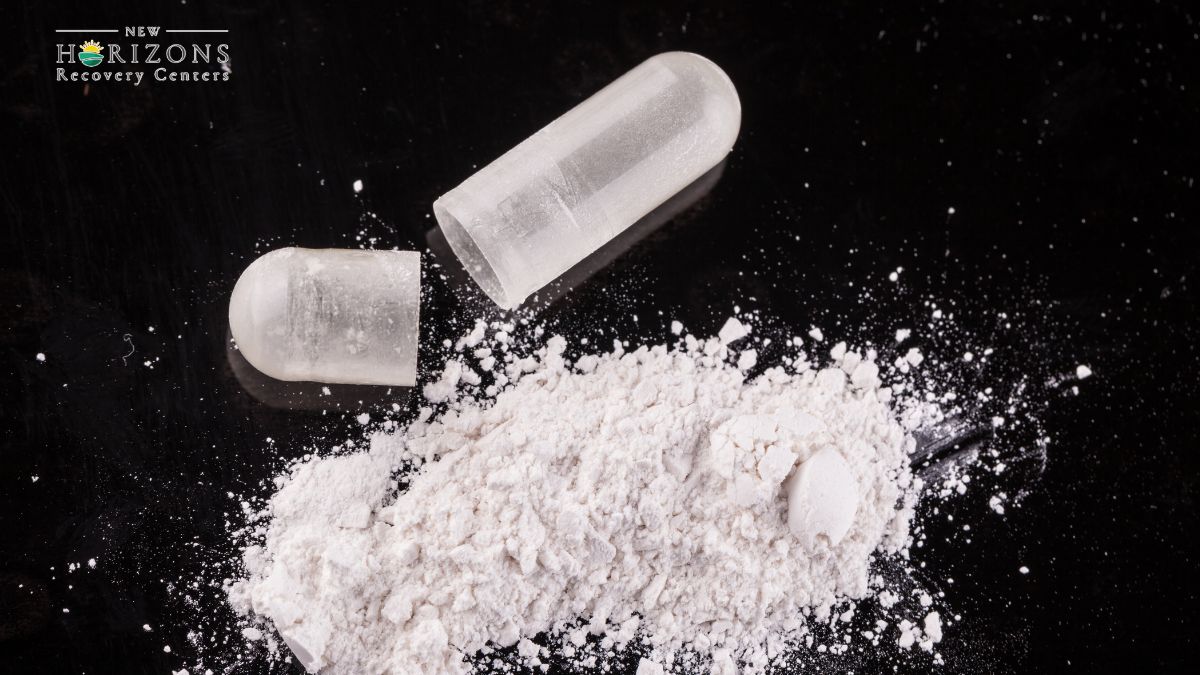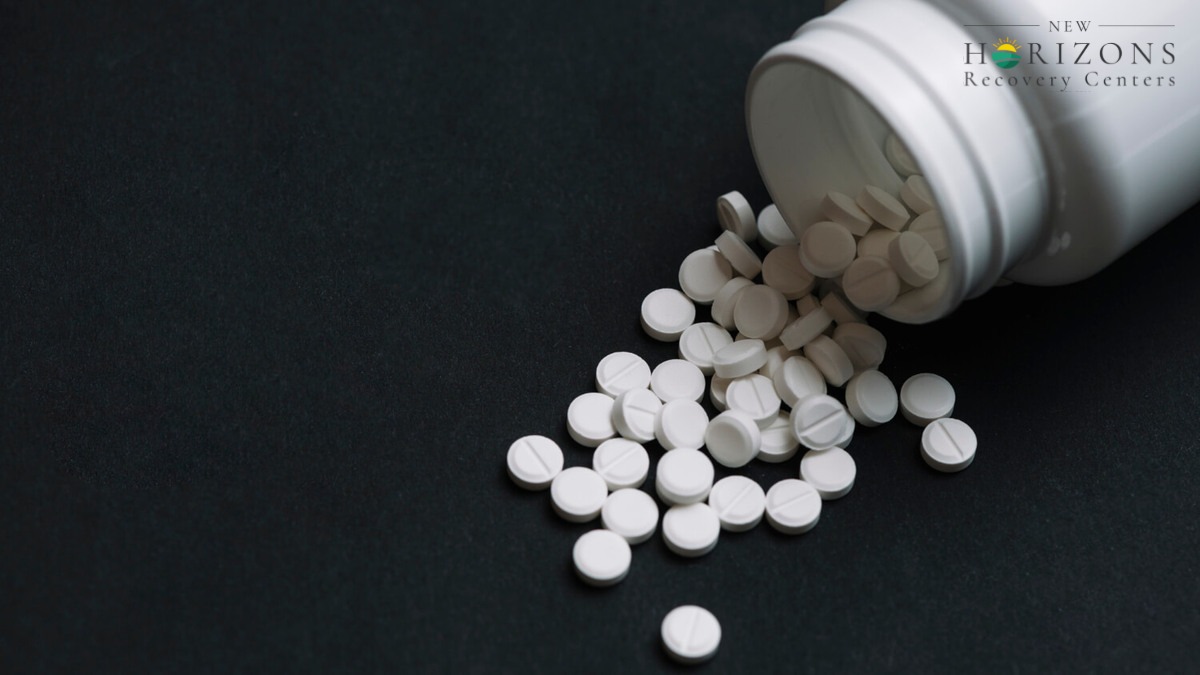Understanding Stomach Pumping
Stomach pumping, also known as gastric lavage, is a medical procedure that involves the removal of the stomach's contents through a tube inserted into the stomach via the nose or mouth. This procedure is typically performed in cases of drug overdose, poisoning, or alcohol consumption, where there is a need to eliminate harmful substances from the stomach before they are fully absorbed into the bloodstream.

What is Stomach Pumping?
Stomach pumping, or gastric lavage, is a process that aims to empty the stomach by suctioning its contents through a tube. A healthcare professional inserts the tube through the nose or mouth and guides it into the stomach. Once in place, the contents of the stomach are suctioned out, effectively removing any toxins or unwanted substances that may be present.
Reasons for Stomach Pumping
Stomach pumping is often necessary in emergency situations to prevent the absorption of toxic substances or drugs and to minimize the potential harm they can cause. The procedure can be life-saving, particularly when individuals ingest substances that can lead to severe toxicity if not promptly removed from the body.
Here are some common reasons why stomach pumping may be performed:
- Drug Overdose: When an individual has ingested an excessive amount of drugs or medications, stomach pumping can help remove the remaining drugs from the stomach before they are fully absorbed. This can prevent further harm and potentially save lives.
- Poison Ingestion: In cases of accidental or intentional poisoning, stomach pumping can quickly eliminate the toxic substances from the stomach, reducing their absorption into the bloodstream. Prompt action is crucial to minimize the effects of the poison and prevent severe toxicity.
It is important to note that the routine use of stomach pumping for gastrointestinal decontamination has been discouraged by medical organizations like the American Academy of Clinical Toxicology and the European Association of Poisons Centres and Clinical Toxicologists. Alternative treatments, such as activated charcoal or whole bowel irrigation, are favored in many cases. The decision to perform stomach pumping is made based on the specific circumstances and the judgment of healthcare professionals.
Understanding the procedure and its reasons is essential for individuals who may encounter situations where stomach pumping becomes necessary. By promptly removing harmful substances from the stomach, stomach pumping can help mitigate the potential harm caused by drug overdose or poisoning.
The Procedure of Stomach Pumping
Stomach pumping, also known as gastric lavage, is a medical procedure performed to clear the contents of the stomach after an overdose, poisoning, or alcohol consumption. It involves the insertion of a tube into the stomach through the nose or mouth to remove its contents. Let's explore how stomach pumping works and the risks and side effects associated with the procedure.
How Stomach Pumping Works
The process of stomach pumping begins with the administration of a medication to induce vomiting, helping to expel as much of the stomach's contents as possible. After vomiting, a tube is inserted into the stomach through the nose or mouth. This tube is connected to a suction device that gently removes the remaining contents of the stomach [3].
The procedure aims to remove harmful substances from the stomach before they are fully absorbed into the bloodstream, potentially preventing serious toxicity or overdose effects. It is most effective when performed within an hour after ingesting the toxic substance.
Risks and Side Effects of Stomach Pumping
While stomach pumping can be a life-saving intervention, it is not without risks. The procedure is invasive and can cause discomfort. There is a risk of damaging the esophagus, causing infection, or leading to aspiration pneumonia, where stomach contents are inhaled into the lungs. Therefore, stomach pumping should only be performed by trained medical professionals in a hospital setting [3].
Other possible side effects of stomach pumping include irritation of the nose or throat and a sore throat afterward. Although rare, complications such as bleeding, infection, or damage to the esophagus or stomach lining may occur.
It is crucial to seek immediate medical attention if there is a suspicion of poisoning, overdose, or the ingestion of harmful substances. Stomach pumping should only be performed when deemed necessary by healthcare professionals, considering the risks, benefits, and individual circumstances. After the procedure, patients are usually monitored to ensure stability and prevent complications, followed by appropriate medical care or treatment based on the underlying cause of the poisoning or overdose.
While stomach pumping has been a common method of gastrointestinal decontamination, the American Academy of Clinical Toxicology (AACT) and the European Association of Poison Centres and Clinical Toxicologists (EAPCCT) no longer recommend it as a routine treatment due to drawbacks and potential complications. It may still be considered in rare and selective cases when other decontamination methods are ineffective. Activated charcoal is now often used as an alternative to stomach pumping for toxin removal, and specific antidotes are preferred when available.
Stomach pumping should always be discussed and performed under the guidance of healthcare professionals to ensure the best possible outcome for individuals in cases of poisoning or overdose.
When is Stomach Pumping Necessary?
Stomach pumping, also known as gastric lavage, is a medical procedure performed to remove harmful substances from the stomach before they are fully absorbed into the bloodstream. It is typically recommended in cases of drug overdose or poison ingestion, where prompt intervention can help prevent serious toxicity or overdose effects.
Drug Overdose and Stomach Pumping
In situations involving drug overdose, stomach pumping can be a life-saving intervention. When individuals ingest toxic substances or drugs that can cause severe harm if not promptly removed from the body, gastric lavage can help eliminate these substances from the stomach, reducing the severity of poisoning or overdose. The procedure is most effective when performed within an hour after ingesting the toxic substance [4].
Poison Ingestion and Stomach Pumping
In cases of poison ingestion, stomach pumping is also a valuable intervention. It can remove the toxic substance from the stomach before it is absorbed into the bloodstream, minimizing the risk of severe poisoning. The procedure is particularly effective when performed soon after ingestion, as delay can result in more poison being absorbed. Stomach pumping may be recommended for individuals who have ingested a life-threatening dose of poison or drugs.
Gastric lavage is primarily used for gastrointestinal (GI) decontamination in cases of potential toxicity or life-threatening situations such as poisoning or drug overdose. It can be beneficial for removing various substances, including central nervous system depressants like opioids, phencyclidine (PCP), acetaminophen (paracetamol), paralytic shellfish poison, and heavy metals, among others [5].
While stomach pumping is an effective intervention, it is crucial to seek immediate medical help if there is a suspicion of poisoning or overdose. The procedure should be performed only in a hospital setting by trained medical professionals to minimize the risk of complications. It's important to note that in cases with specific antidotes available, those are usually the preferred treatment option [5].
In the next section, we will explore the process and considerations involved in stomach pumping, along with alternative methods of gastrointestinal decontamination.
The Process of Stomach Pumping
When an individual undergoes stomach pumping, the procedure is typically performed in a hospital setting. This controlled environment allows healthcare professionals to closely monitor the patient's condition throughout the process. Let's explore the two key aspects of the stomach pumping process: the hospital setting and monitoring, as well as stabilizing after the procedure.
Hospital Setting and Monitoring
Stomach pumping, also known as gastric lavage, is usually performed in a hospital or emergency room. This ensures that the necessary medical equipment and expertise are readily available to manage any potential complications. The patient will be placed in a hospital bed or on an examination table, and their vital signs, such as heart rate, blood pressure, and oxygen levels, will be continuously monitored by healthcare professionals.
During the procedure, the patient may receive sedation or anesthesia to minimize discomfort. This allows the healthcare team to safely and efficiently insert a tube, called a gastric tube or nasogastric tube, through the nose or mouth and into the stomach. The tube is connected to a suction device that gently removes the contents of the stomach.
The healthcare professionals performing the stomach pumping procedure will closely observe the patient's response throughout the process. They will take note of any complications or adverse reactions and take appropriate action to ensure the patient's safety and well-being.
Stabilizing After Stomach Pumping
After the stomach pumping procedure is completed, patients are usually monitored for a period to ensure stability and prevent any complications. The healthcare team will continue to monitor the patient's vital signs, such as heart rate, blood pressure, and oxygen levels, to ensure they are within normal ranges.
It is important to note that stomach pumping is not a standalone treatment for poisoning or drug overdose. After the procedure, further medical care or treatment may be necessary based on the underlying cause of the poisoning or overdose. The healthcare professionals will assess the patient's condition and work towards appropriate follow-up care.
Additionally, patients may receive supportive care to help alleviate any discomfort or side effects from the procedure. This may include providing fluids, medications, or other interventions as needed.
By closely monitoring the patient and providing necessary follow-up care, healthcare professionals aim to ensure a smooth recovery and minimize any potential complications that may arise from the stomach pumping procedure.
Alternatives to Stomach Pumping
In certain situations, stomach pumping may not be the preferred method of gastrointestinal decontamination. There are alternative approaches that can be considered, including the use of activated charcoal and other gastrointestinal decontamination methods.
Activated Charcoal as an Alternative
Activated charcoal is often used as an alternative to stomach pumping for toxin removal from the gastrointestinal tract. It is a highly porous substance that is capable of binding to many substances, including certain toxins and drugs. When taken orally, activated charcoal adsorbs these substances in the digestive system, preventing their absorption into the bloodstream.
One of the advantages of activated charcoal is its ease of administration. It is typically available in the form of capsules or a suspension and can be given to individuals who have ingested certain toxins or drugs. However, it is important to note that activated charcoal is most effective when administered soon after ingestion, ideally within an hour. This ensures that the charcoal has the best chance to bind with the toxins before they are absorbed by the body.
Other Gastrointestinal Decontamination Methods
In addition to activated charcoal, there are other methods of gastrointestinal decontamination that can be considered as alternatives to stomach pumping. These methods may be used in specific situations or when stomach pumping is contraindicated or ineffective.
One such method is whole bowel irrigation, which involves the administration of a large volume of a balanced electrolyte solution through a nasogastric tube. The solution helps to flush out the contents of the gastrointestinal tract, including any toxins or drugs that may be present. This method is particularly useful for substances that are not well adsorbed by activated charcoal.
It's important to note that the use of gastrointestinal decontamination methods, including activated charcoal and whole bowel irrigation, should be guided by medical professionals and performed on a case-by-case basis. The decision to use these alternative methods depends on factors such as the type of toxin or drug ingested, the time since ingestion, and the overall condition of the individual. Therefore, it is crucial to seek immediate medical attention in cases of poisoning or toxin ingestion to receive appropriate and timely treatment.
By considering these alternative methods, healthcare professionals can determine the most suitable approach for gastrointestinal decontamination based on the specific circumstances and individual needs. It is important to follow the guidance of medical professionals and ensure that these procedures are performed by trained individuals when necessary.
References
[1]: https://health.howstuffworks.com/medicine/5-reasons-to-get-your-stomach-pumped.htm
[2]: https://my.clevelandclinic.org/health/treatments/24587-stomach-pumping
[3]: https://www.stepstorecovery.com/blog/what-happens-when-you-get-your-stomach-pumped/
[4]: https://www.healthline.com/health/gastric-suction
[5]: https://www.osmosis.org/answers/gastric-lavage





-ink.jpeg)
-ink.jpeg)
